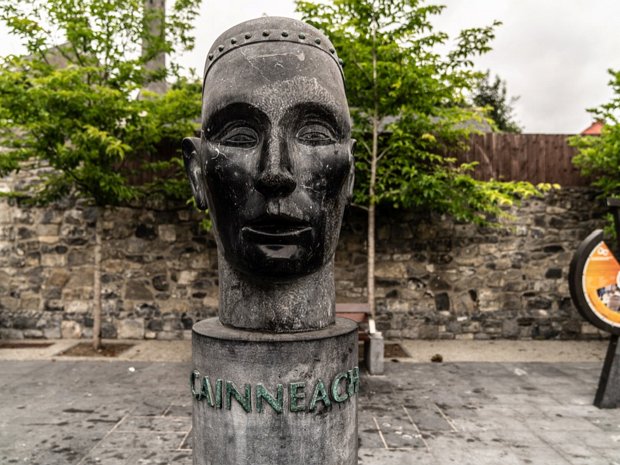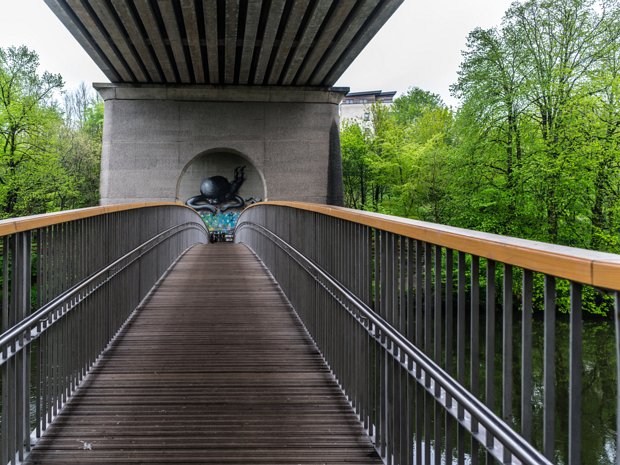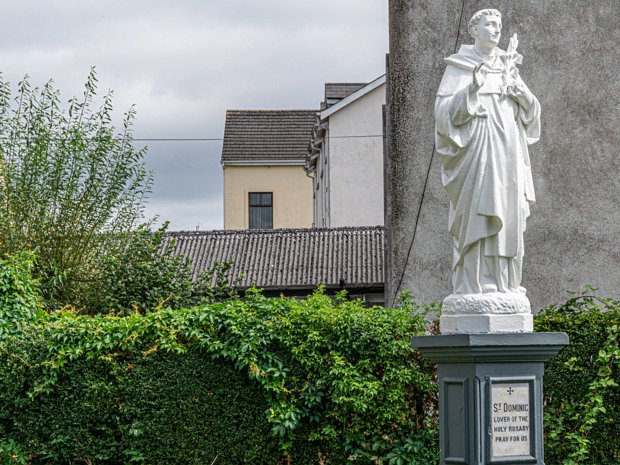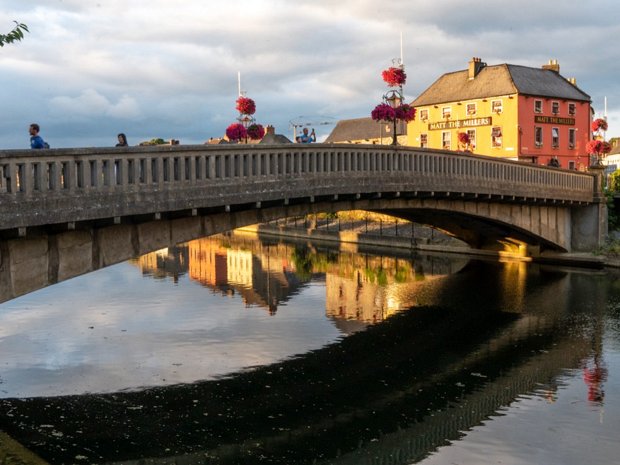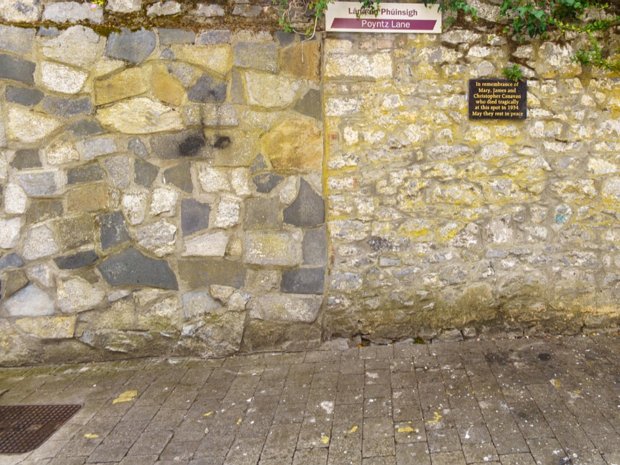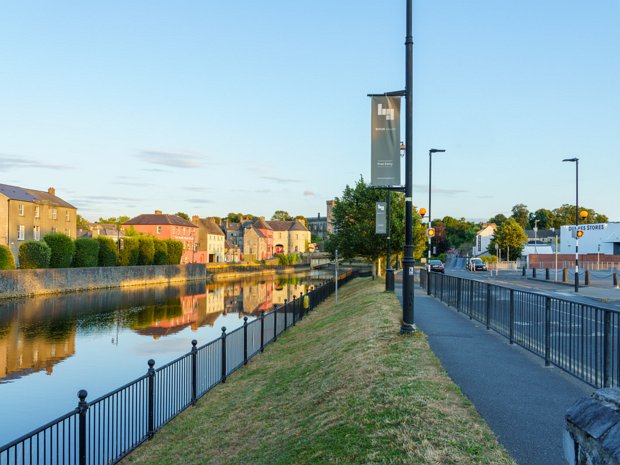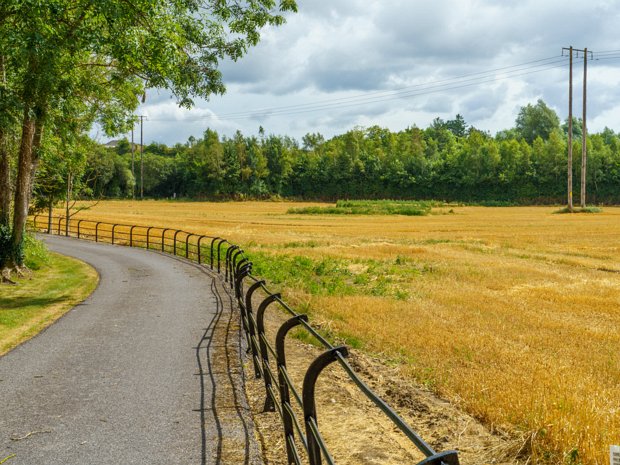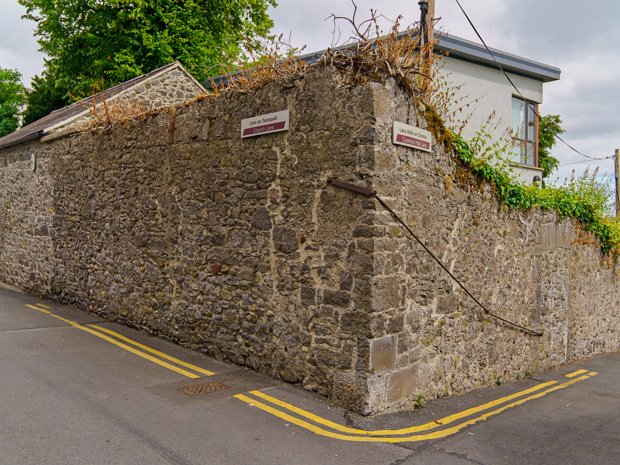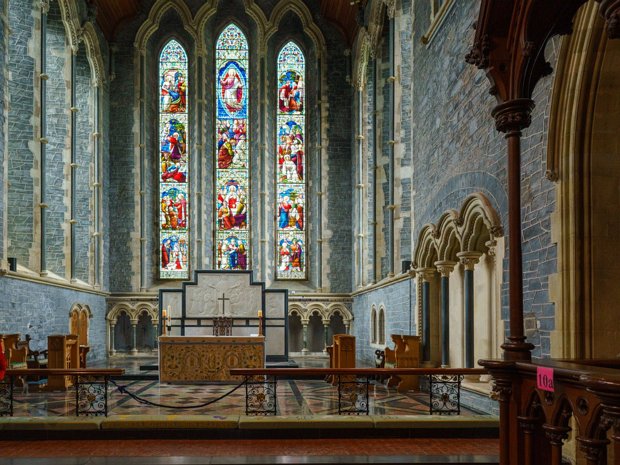
KILKENNY 2016
The city's strategic location on the River Nore led to its growth and development over the centuries. Following the Norman invasion of Ireland in the 12th…

KILKENNY 2018
In 1207, William Marshall, Lord of Leinster, granted Kilkenny a charter as a town, marking a significant step in its evolution.
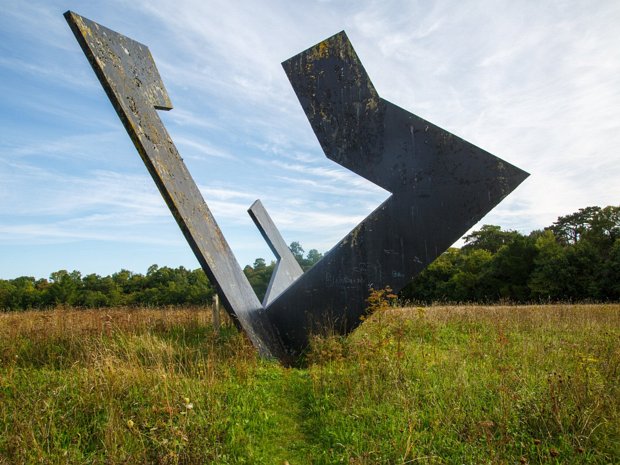
KILKENNY 2022
By the late 13th century, Kilkenny had come under Hiberno-Norman control. It became a prominent centre of power and influence, as evidenced by the Statutes of…
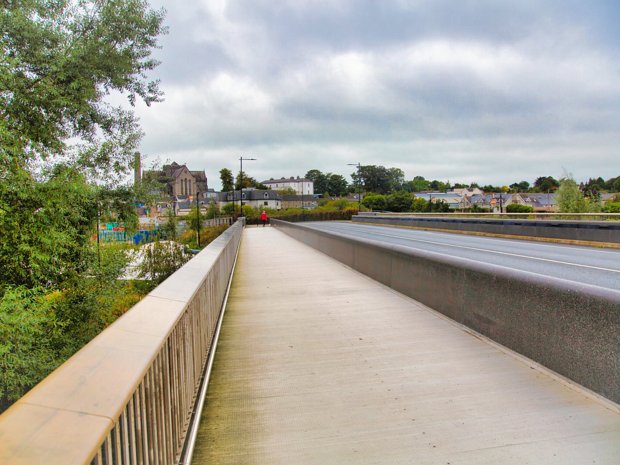
KILKENNY 2017
In 1609, King James I of England granted Kilkenny a Royal Charter, officially elevating it to the status of a city. This recognition further solidified…
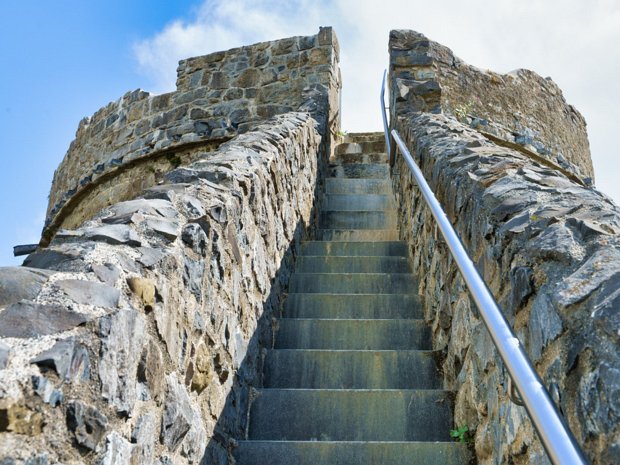
KILKENNY 2021
Throughout its history, Kilkenny witnessed various significant events. In the 17th century, it served as the base for the Irish Catholic Confederation during…
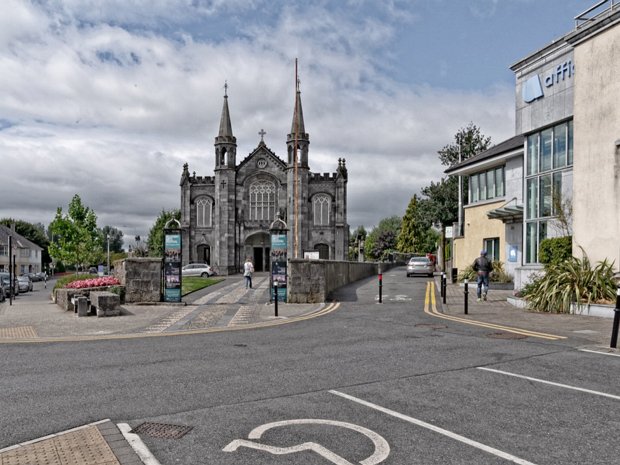
CHURCH AND GRAVE
Kilkenny City, much like the rest of Ireland, has a deep-rooted history with religion, primarily Catholicism.
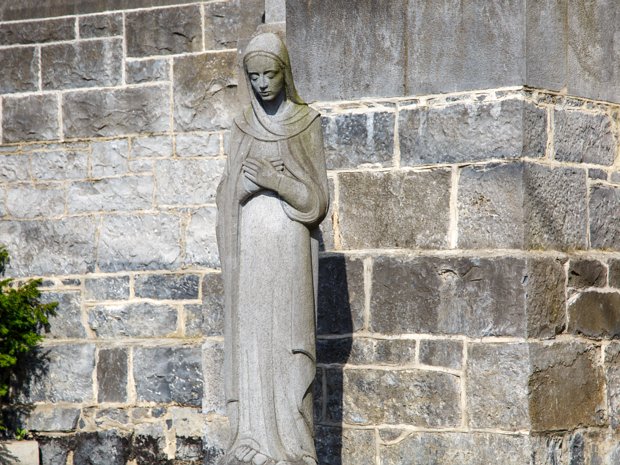
BLACK MILL STREET
Black Mill Street in Kilkenny, Ireland, is a historic street located in the heart of the city, running parallel to the River Nore. The street derives its name…
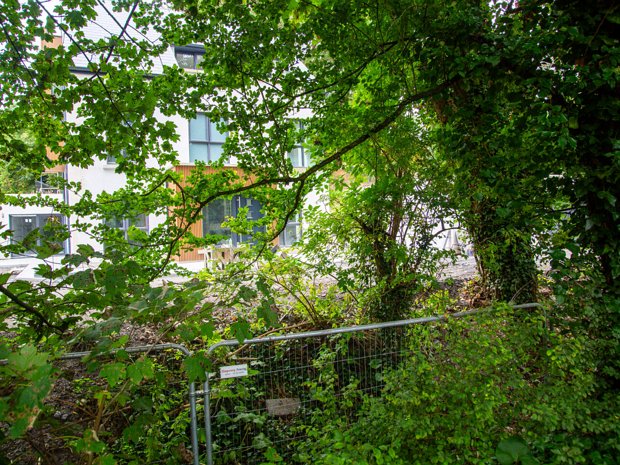
GALLOWS HILL
Given the townland's ominous name, Gallows Hill, and the presence of a large tree bearing the same name, it's possible that some of the bones belonged to those…
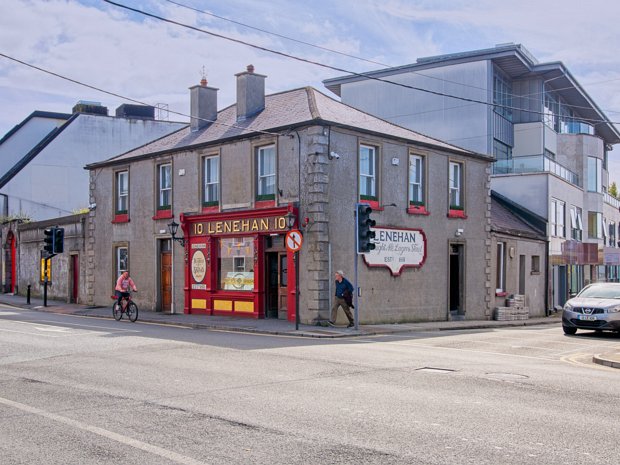
PUBS AND RESTAURANTS
Kilkenny boasts a vibrant and diverse pub and restaurant scene, catering to a wide range of tastes and preferences. Whether you're seeking traditional Irish…
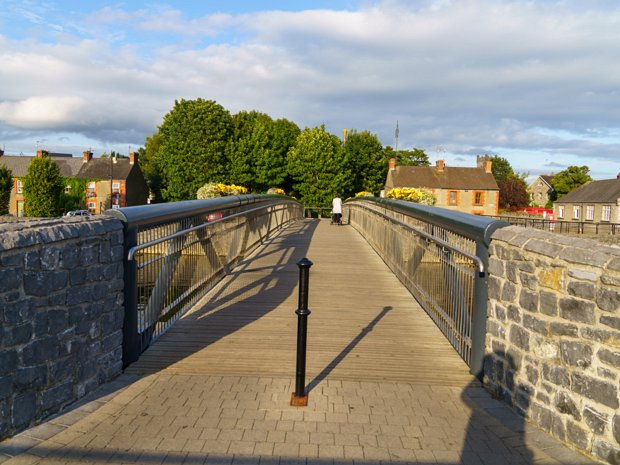
THE RIVER NORE
The River Nore, one of Ireland's Three Sisters, winds its way gracefully through the heart of Kilkenny, shaping the city's history and landscape.
